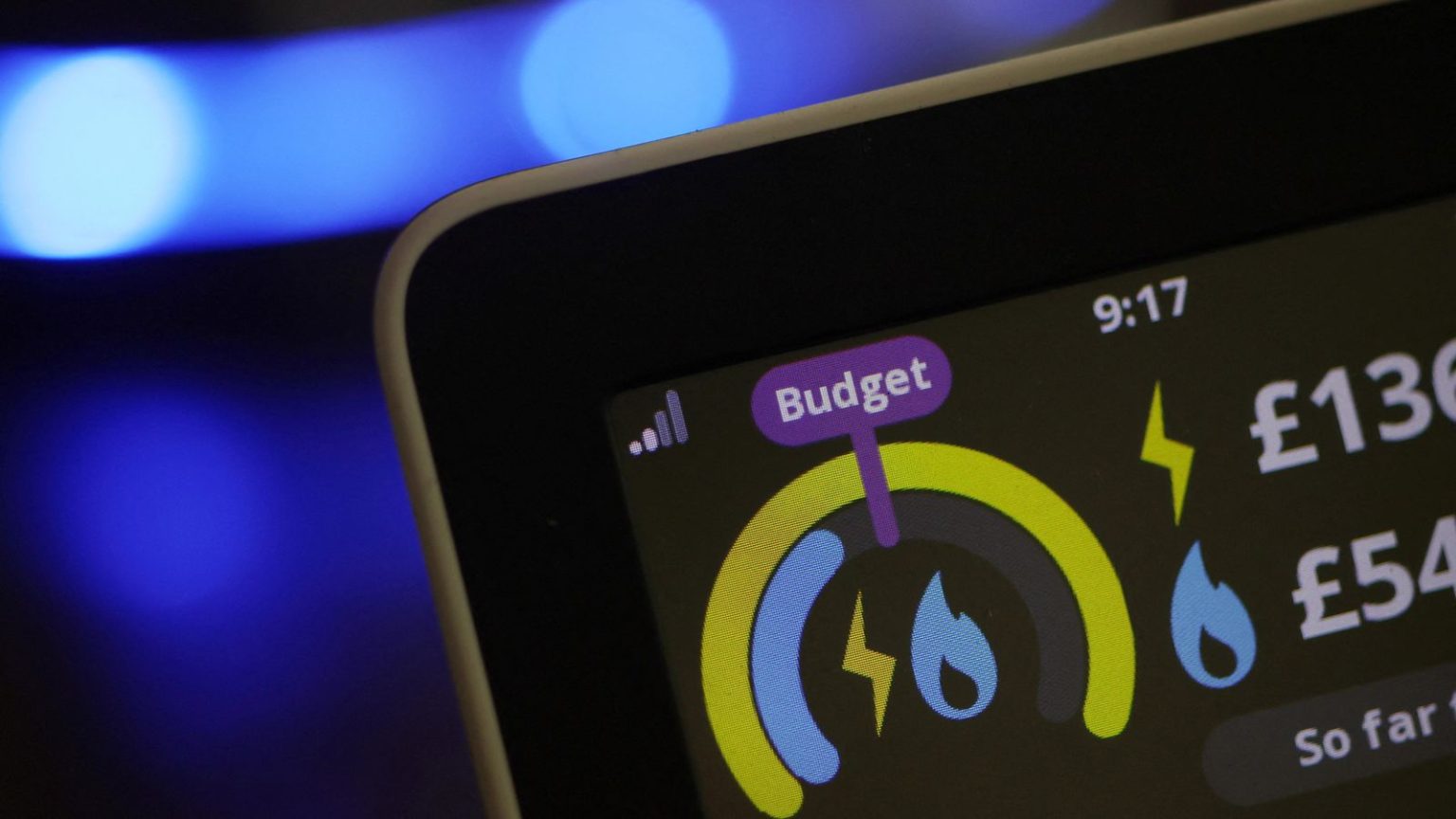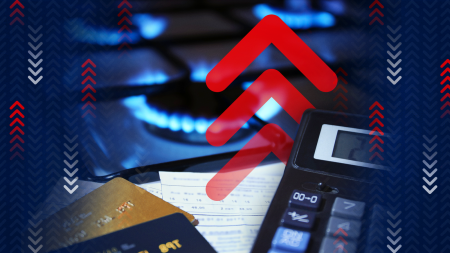The Impact of Russia-Ukraine Peace Talks on Energy Prices
Recent discussions about a potential peace deal between Russia and Ukraine have led to a noticeable drop in wholesale energy prices over the past few weeks. This decline has brought some relief to energy markets, which have been volatile since the start of the conflict in 2022. However, despite this short-term respite, household energy bills in the UK are set to rise again from April, as consumers will be paying for the increased energy usage during the colder winter months.
Europe’s Winter Challenges and Rising Energy Demand
This winter, Europe experienced a particularly cold and still season, which significantly boosted energy demand. The lack of wind due to the calm weather reduced the contribution of wind power, forcing countries to rely more heavily on their gas reserves. As a result, European gas prices surged, reaching a two-year high of over €58 (£48) per megawatt-hour earlier this month. This spike has had a direct impact on the latest price cap set by Ofgem, the UK’s energy regulator, which is updated quarterly to reflect changes in wholesale energy costs.
The Volatility of Global Energy Markets and Its Effects on the UK
The recent drop in wholesale energy prices offers a glimmer of hope for potentially lower energy bills by the summer. However, the latest increase in the price cap—marking the third consecutive rise—highlights the UK’s vulnerability to fluctuations in global energy markets. The government’s efforts to control energy costs are increasingly being influenced by factors beyond its control, such as geopolitical tensions and weather-related disruptions. Despite Labour’s pledge to save households £300 by 2030, energy bills remain higher than they were before the Ukraine conflict began in 2022, when the average annual bill was around £1,100.
The Broader Economic Implications of High Energy Costs
The ripple effects of high energy prices are being felt across the economy. Energy is a critical component in the production of goods and services, from powering factories to running appliances in restaurants. As a result, elevated energy costs contribute to higher inflation. The UK’s industrial electricity prices are already among the highest in the developed world, further exacerbating the challenge. The Bank of England predicts that inflation could reach 3.7% later this year, driven in part by rising gas prices. This exceeds the central bank’s 2% target and could lead to a decline in living standards for many households.
The Government’s Strategy to Tackle Energy Insecurity
In response to these challenges, the UK government is focusing on investing in green energy to enhance energy security and reduce long-term energy costs. Ed Miliband, the Energy Secretary, emphasized the importance of transitioning to homegrown clean power, stating, “The way to deliver energy security and bring down bills for good is to deliver our mission to make Britain a clean energy superpower—with homegrown clean power that we in Britain control.” This strategy aims to reduce reliance on imported fossil fuels and mitigate the impact of global price volatility.
The Long Road Ahead for the UK’s Energy Transition
While the government’s vision for a clean energy future is ambitious and necessary, it is a long-term solution that will require significant time, investment, and policy reforms to yield substantial benefits. In the meantime, UK households continue to face the highest energy bills in Europe, testing the public’s patience. As the nation navigates this challenging period, the balance between addressing immediate energy costs and pursuing sustainable, energy-independent solutions remains a critical priority.















